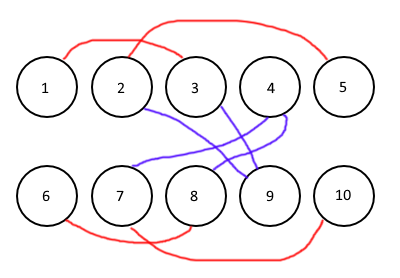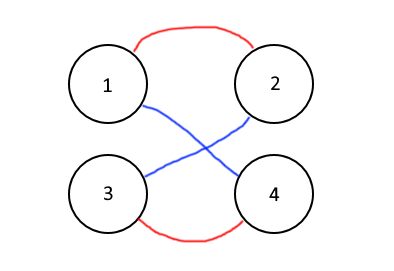Hi everyone!
A week ago, the 2nd edition of the Western European Olympiad in Informatics was held in London, UK, and now we've brought the problems for everyone to solve on Codeforces! The mirror contest will be held on the Codeforces Gym on Sunday $$$14^{\text{th}}$$$ July 2024 at 10am UTC+1 (check your timezone here!).
Please don't participate in the mirror contest if you have participated or seen the problems!

The Western European Olympiad in Informatics is an individual contest for top secondary school students from Belgium, France, Ireland, Italy, Luxembourg, Netherlands, Portugal, Spain, Switzerland and United Kingdom.
The contest consists of a single day; contestants are given 5 hours to solve 4 problems of various difficulty. Each problem is worth 100 points, distributed into multiple subtasks with different constraints that allow the participant to earn partial scores. For testing, the IOI grading format is used, where the participant receives full feedback about the execution of the solution on all tests during the contest. C++ is the only allowed language in this contest.
We hope you enjoy the contest!
- WEOI 2024 Committee & Contributors
FelixMP hugopm I_love_MikhailRubinchik ScarletS veluca93, Ahmadsm2005 Bakry erekle












